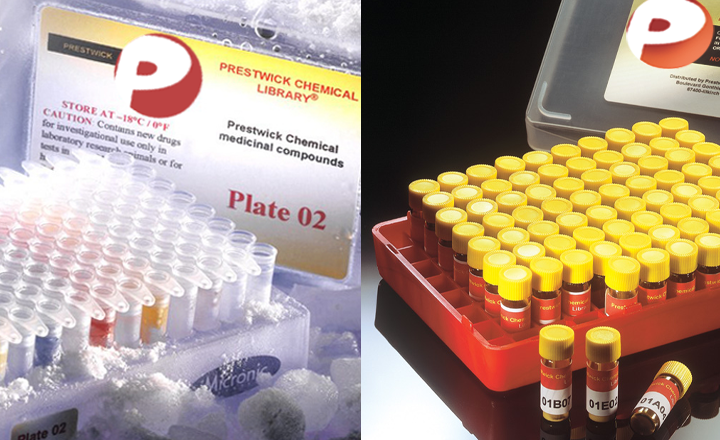Isoconazole and Clemizole Hydrochloride Partially Reverse the Xeroderma Pigmentosum C Phenotype
Kobaisi, F.; Sulpice, E.; Barette, C.; Fayyad, N.; Fauvarque, M.-O.; Badran, B.; Fayyad-Kazan, M.; Fayyad-Kazan, H.; Gidrol, X.; Rachidi, W.
Int J Mol Sci 22 (15) (2021)
Xeroderma Pigmentosum protein C (XPC) is involved in recognition and repair of bulky DNA damage such as lesions induced by Ultra Violet (UV) radiation. XPC-mutated cells are, therefore, photosensitive and accumulate UVB-induced pyrimidine dimers leading to increased cancer incidence. Here, we performed a high-throughput screen to identify chemicals capable of normalizing the XP-C phenotype (hyper-photosensitivity and accumulation of photoproducts). Fibroblasts from XP-C patients were treated with a library of approved chemical drugs. Out of 1280 tested chemicals, 16 showed ≥25% photo-resistance with RZscore above 2.6 and two drugs were able to favor repair of 6-4 pyrimidine pyrimidone photoproducts (6-4PP). Among these two compounds, Isoconazole could partially inhibit apoptosis of the irradiated cells especially when cells were post-treated directly after UV irradiation while Clemizole Hydrochloride-mediated increase in viability was dependent on both pre and post treatment. No synergistic effect was recorded following combined drug treatment and the compounds exerted no effect on the proliferative capacity of the cells post UV exposure. Amelioration of XP-C phenotype is a pave way towards understanding the accelerated skin cancer initiation in XP-C patients. Further examination is required to decipher the molecular mechanisms targeted by these two chemicals.


